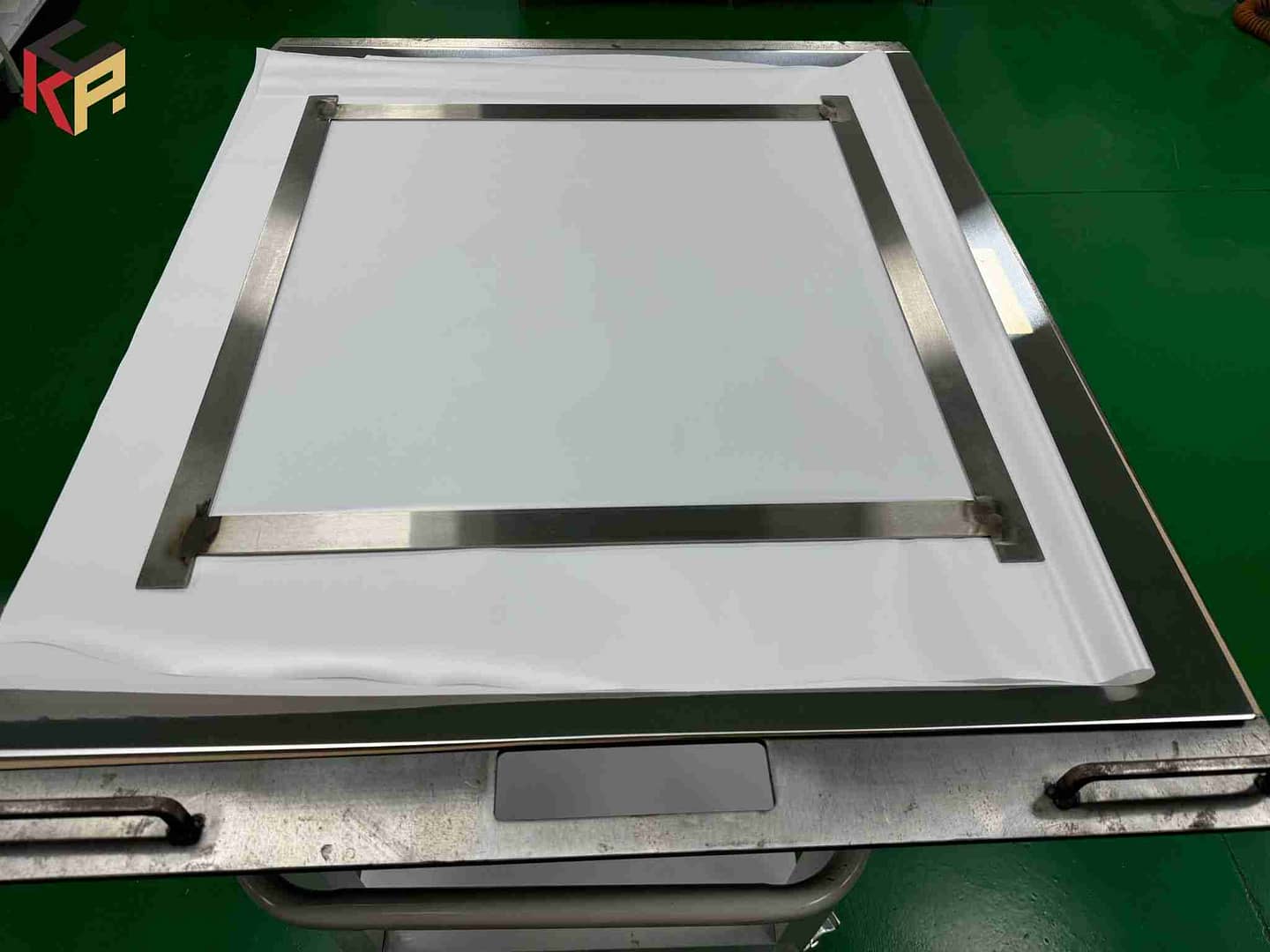Exploring high modulus choices for rigidity carbon fiber tubes designed for kayak and paddle shafts?

Carbon fiber tubes boast an outstanding strength-to-weight profile ideal for high-demand uses where durability and mass reduction are vital
Constructed by bonding carbon fiber reinforcements into a cured resin matrix, the tubes become a high-performance composite
Precisely oriented carbon fibers deliver excellent tensile capacity and rigidity, and a low-mass resin reduces overall weight
Together these properties give designers the freedom to produce structures that are both tough and lightweight
High-performance carbon fiber tubes find roles in aerospace, automotive, sports technology and medical device manufacturing
In aircraft structures these tubes help produce lighter fuselage sections and wings, improving fuel economy and flight performance
Vehicle manufacturers use carbon fiber tubing for suspension links and chassis bracing to achieve better handling and lighter vehicles
Precision-crafted carbon fiber square tubes for dependable structural performance
Where the balance of lightness and mechanical performance is critical, carbon fiber square tubes provide a preferred engineering solution
The precision manufacturing yields components with excellent mechanical behavior and adaptable design potential for many uses
Manufactured by integrating carbon fiber architectures with a cured resin matrix, square tubes reliably withstand both compression and tension forces
Square carbon fiber tubes’ structural stiffness positions them well for use where integrity under load is essential
When integrated into aerospace components, chassis systems or elite sports products, square carbon fiber tubes ensure dependable performance under stress
Moreover, the low mass of these tubes aids in improving fuel consumption and optimizing system efficiency
- Also, high dimensional precision supports seamless assembly integration and lowers rework and modification requirements
- So, square carbon fiber tubes are now central to industries seeking innovative, efficient, high-performance solutions
Custom rectangular carbon fiber tubes delivering tailored strength and performance
The material exhibits a remarkable balance of strength and low mass plus stiffness, making it suitable for demanding uses
Chosen rectangular or prismatic geometries yield enhanced performance for carbon fiber tubes in many applications
They can be custom-designed to exact specifications to ensure optimal structural integrity and load capacity
Across aviation, athletic equipment and industrial machinery, producers can fabricate precisely engineered rectangular carbon fiber tubing to your needs
Adaptability in design and production helps create solutions that maximize performance and enhance practical functionality
Advanced carbon fiber plates with outstanding stiffness and toughness
The plates’ notable stiffness makes them appropriate where high load capacity is required
Formed by embedding carbon fibers into a cured resin matrix, plates demonstrate excellent anti-bending and deformation properties
Their resistance to impact is derived from carbon fibers’ capacity to tolerate energy transfer without abrupt fracture
High-performance composite solutions integrating carbon fiber tubes and plates for maximum results
CFRP tubes and plates are leading choices in advanced materials for their notable mechanical performance and light weight
Carbon fiber composites’ low mass and high strength make them versatile for aerospace, automotive, sporting and specialized product applications
Advanced fabrication permits shaping these materials into detailed parts while preserving mechanical stiffness and durability
Improvements in production methods have increased cost-effectiveness and scalability, enabling wider industry access
Using carbon fiber tubes and plates delivers clear advantages over many traditional materials, such as higher strength and lower weight
Resistance to corrosion, fatigue and environmental degradation prolongs lifespan and boosts reliability under demanding conditions
Remarkable attributes of carbon fiber are accelerating innovation and redefining possibilities across engineering fields
Analyzing the applications and practical deployments of carbon fiber tubes and plates
Recognized for their robustness, carbon fiber tubes and plates have been adopted broadly across multiple industries
Excellent ratios of strength to weight and mechanical performance qualify them for a broad array of applications
Common applications include aerospace, automotive and construction, where they form structural elements that demand high strength and durability
In the sports sector these composites are commonly used for frames, shafts and racquets to deliver competitive performance advantages
Medical device makers use carbon fiber tubes and plates for prosthetic and surgical solutions due to their favorable properties
Carbon fiber-enabled lightweighting across tubes, plates and composite assemblies
By employing carbon fiber tubes and plates, engineers cut weight substantially without sacrificing structural integrity
Carbon fiber tubes fit applications like bicycles and wind blades that demand strong stiffness combined with low mass
In aerospace structures, carbon fiber plates provide the necessary stiffness and robustness required for load-bearing parts
Material innovation driving expanded applications for carbon fiber composites
Carbon fiber stands as a material breakthrough renowned for exceptional strength and toughness
Its remarkable performance derives from thin fibers embedded in a polymer matrix, creating a blend of lightness and strength
Carbon fiber deployment rises in aerospace and automotive thanks to clear benefits in fuel efficiency and performance from lighter structures
Vehicle manufacturers use carbon fiber in structural parts to lower weight while increasing strength, improving handling and occupant safety
The versatility of carbon fiber spans aerospace and automotive structures and many other fields
The materials have reshaped aerospace and automotive sectors by providing an unmatched strength-to-weight advantage
Low weight permits building vehicles and aircraft that combine high performance with fuel efficiency and long-term durability
In cars, carbon fiber is often found in body panels, chassis parts and structural elements to decrease weight and enhance performance
Tubes and plates of carbon fiber are central to new engineering advances
Carbon fiber tubes and plates have transformed numerous industries by delivering outstanding strength-to-weight ratios
Where performance and weight reduction are vital, carbon fiber tubes and plates find wide use across aviation, automotive and medical domains
In aerospace applications they contribute to reduced fuel consumption and enhanced aerodynamic performance
Automotive integration yields lighter vehicles with improved acceleration, handling and fuel or energy efficiency
- To harness carbon fiber well you must grasp its mechanical behavior, production constraints and relevant design trade-offs To maximize benefits, designers must understand carbon fiber mechanics, manufacturing restrictions and the trade-offs involved Effective deployment calls for a clear grasp of the material’s behavior, how it is fabricated, and the design trade-offs required Effective deployment calls for carbon fiber tubes a clear grasp of the material’s behavior, how it is fabricated, and the design trade-offs required
- Carbon fiber tubes and plates are set for ongoing growth and broader application across sectors
- Sustained development work will improve performance properties and open new application areas
- As a result, carbon fiber composites are positioned to become increasingly important across engineering and manufacturing domains
Maximizing carbon fiber performance: a comprehensive practical guide
Its notable strength-per-weight and stiffness traits position carbon fiber as a leading material to drive performance improvements
A focused look at carbon fiber properties, applications and integration techniques to support optimal implementation
From aerospace and automotive engineering to sports and electronics, carbon fiber contributes to superior performance
Proper leveraging of carbon fiber involves understanding its performance attributes, manufacturing constraints and trade-offs in design
An examination of how these properties translate to real-world applications.